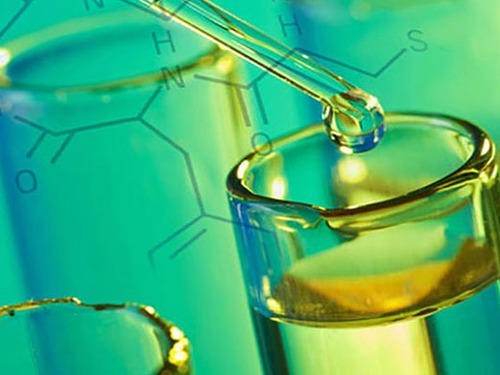May 23, 2022

Surfactants are great for cleaners, no matter what use they are for. Surfactants are used in products for cleaning to decrease the water's surface tension, making molecules slippier.
Surfactants are also used to make makeup such as chemical emulsifiers, chemicals, foaming agents, conditioners or solubilizes. Surfactant is a dynamic surface agent.
What Is A Surfactant?
Well, what is an surfactant? Surfactants are among the most flexible chemicals in the field of chemical. They are utilized in all mechanical areas from household detergents to food additives to pharmaceuticals.
Two finishes are present in the same surfactant particle. one is drawn in water (hydrophilic) while the second is pulled into oil (hydrophobic). This property of having both oil-solvent and water-solvent components is called amphiphilic.
They may be used to reduce the liquid's surface tension or offer different ways to put it in a different position.
What Are The Most Important Types?
One kind of nonionic surfactant suppliers is anionic surfactants, which are found in a variety of dishwashing cleansers, family cleaning arrangements, as well as personal hygiene items. They ionize, which means that they are able to convert into negative charge or electrical particles.
Nonionic surfactants, on the other hand, don't ionize and, consequently, don't carry any electrical charge. Be that as it may they often form bonds to anionic particles. One advantage of nonionic surfactants is they do not connect with magnesium and calcium particles in "hard water" - water with a significant mineral content.
Various detergents contain at least two different kinds of surfactants by Personal Care Truth. They generally be organized by their ionic properties while in water.
Natural Surfactants
The lactylates (sodium lauroyl and sodium Stearoyl) are food-grade emulsifiers produced by using coconut oil and sugar. These creams are incredible and can expand aroma discharge.
Other natural surfactants include lauryl glucose carboxylate which adds foaming power. Glutamate surfactants such as sodium cocoylglutamamate as well as disodium cocoylglutamamate are soft and produced with amino acids.
They give fine foam, excellent cleansing, and are quickly biodegradable. Vegetable proteins can likewise be a reason for surfactants, such as potassium undecylenoylhydrolysed soy protein and sodium lauroyl oat amino acids.
Modern Surfactants
A lot of modern surfactants are produced using oleochemicals instead of petrochemicals (oil derived) and they are biodegradable. Oleochemicals, or fats that are used to mix these surfactants contain coconut and palm oils.
These surfactants are made up of anionic alkylpolyglucosides (decyl-, lauryl- and octyl) which create fatty alcohols from coconut or palm, and glucose using cornstarch, using green science. The length of the carbon chain is what determines the surfactants and their names.
Cleansers are a common surfactant; however, they are seldom used in cleaning agents and shampoos in light of their residue. The most well-known non-cleanser-specific surfactants are sodium lauryl sulfate as well as sodium Laureth sulfate. Both are effective cleaning agents.
Affective Applications & Benefits
Surfactants are used in many different applications which include petrochemistry as well as laundry detergents.
The lactylates, sodium lauroyl and sodium stearoyl are food grade Emulsifiers made of coconut oil and milk sugar. They are excellent creams that provide enhanced aroma discharge.
Past detergents and cleansers, surfactants are utilised in greases, inks herbicides, anti-fogging fluids and cements, emulsifiers and cleaners. Human body also produces surfactants, known as aspiratory surfactants.
Surfactants are naturally found in the lungs. They stop the lungs from collapse by maintaining the dampness and surface tension.
Additionally, surfactants can be employed as a fix in ointments, such as shaving cream. They permit razors to eliminate any stubble and limit disturbance.
The variety and utility of surfactants is evident in their numerous uses. Intentionally or not, every human will essentially use one IRO Surfactant or a resemblance of it regularly.
Surfactants in motor greases help hold particles back from sticking to motor parts, allowing the details to move effectively and allow a vehicle to remain in legitimate running request.
Surfactants are used to emulsify oily particles and stop them from adhering to the texture.
Cleaning agents are typically filled with surfactants. These, like detergent, allow detergent to mix with water. This lets cleaning agents remove dirt off surfaces.
Posted by: Technology Positive at
08:37 AM
| No Comments
| Add Comment
Post contains 695 words, total size 6 kb.
35 queries taking 0.0235 seconds, 61 records returned.
Powered by Minx 1.1.6c-pink.









